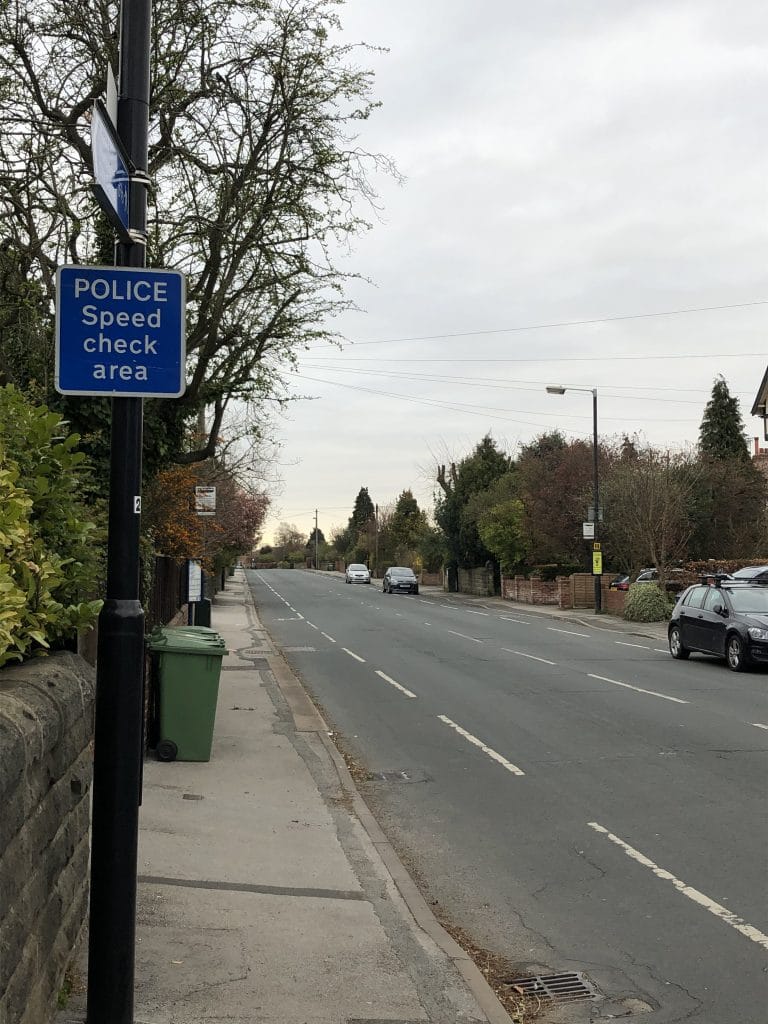Training vs Coaching – What’s the difference?
Even though they sound similar, training and coaching are different. To maximise your employees driving performance, it’s important to know when to use training vs coaching for imparting information.
Training
Training employees is most effective when the information is new or when the employee is new to the business. The training process should introduce a new skill and ensure that the trainee gains a basic proficiency on a topic that is then used to complete their role safely and effectively. Training can often be a one time delivery of information.
Common characteristics of training:
Goals
- To provide a new skill to a new employee
- To bring a number of employees up to the same level of competence at the same time.
- To give new employees an introduction to company standards and procedures.
Setting
- Not often provided on a one to one basis.
- Can be delivered as a one off training session e.g. induction training
- Often provided to a group of employees e.g. a tool box talk
Content
- The content is normally standardized and is often developed by the business
Methods
- The training process is a top down approach with an instructor using a classroom style.
- There are often hand outs and information to take away and refer to e.g. policies and handbooks following induction training.
- There may be a test to confirm understanding of the training content.
Coaching
Coaching is delivered to employees to help develop their talents. Training cannot be made suitable for every individual so coaching can allow an instructor to cover issues that could have been missed by a training session. Different learning styles can be accommodated by a coaching approach because it can be tailored to the needs of an employee.
Common characteristics of coaching:
Goals
- Assist in improving employee performance.
- Address specific problems being experienced by an employee.
- Focuses on how well an employee can perform an activity.
Setting
- Normally undertaken on a one to one basis.
- An informal approach that is delivered when required.
- The process can be ongoing and follow an employees progress
Content
- The content is tailored to an employees needs.
- Involves a practical aspect.
- Could be linked to employee appraisal.
Methods
- The coaching approach uses a bottom up approach based on the employees needs.
- Encourages the employee to reflect on their performance.
- Goals can be set to measure progress.
So why are both training and coaching important? Well training aims to give your employees a skill i.e. competent and safe driving techniques, and coaching is used to maintain those skills.











